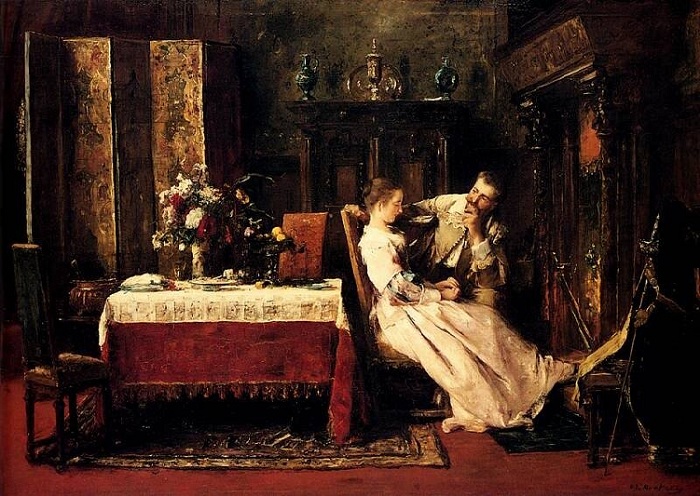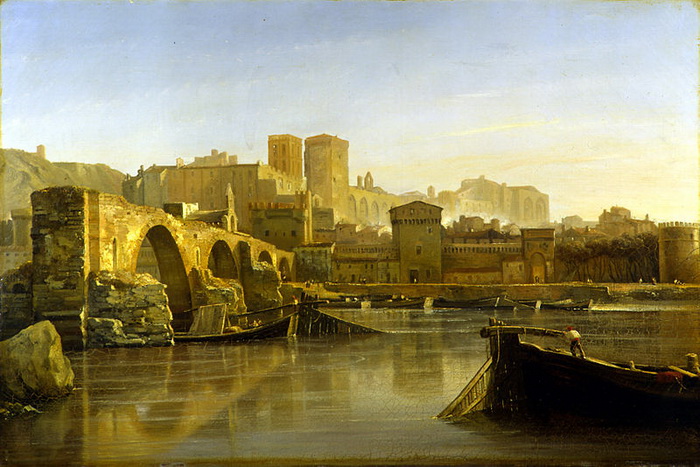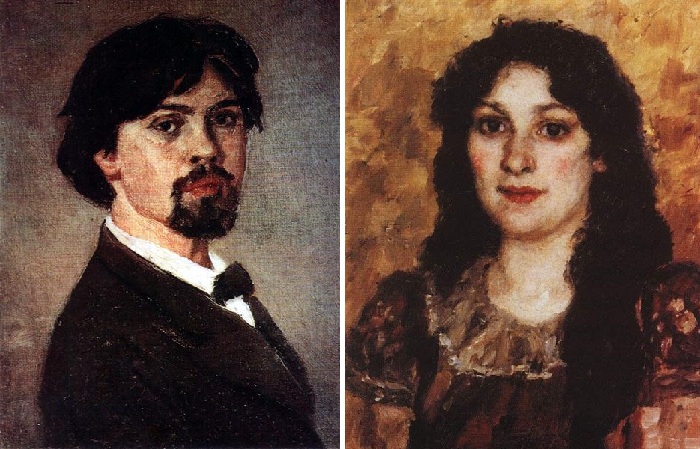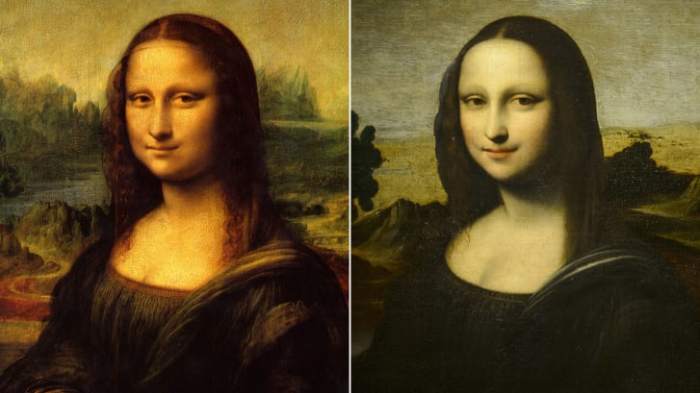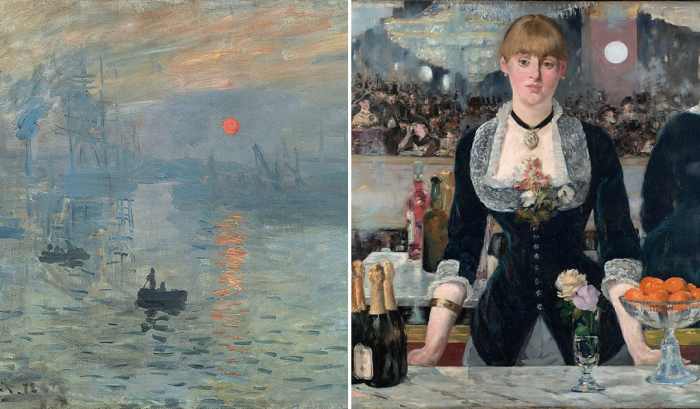huge collection
Two brides for one groom: The riddle of a picturesque plot about the mystical betrothal of St. Catherine
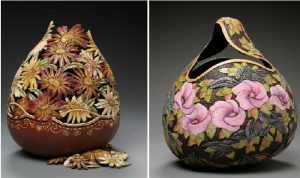 The American artist Marilyn Sunderland covers her pumpkin sculptures with the plexus of leaves, flowers and berries, figures of fantastic fish, birds and butterflies, turning a regular vegetable grown in the garden into a masterpiece. These amazing carved exhibits are undoubtedly works of art, they delight and delight the audience with the delicate painstaking handwork of the craftswoman.
The American artist Marilyn Sunderland covers her pumpkin sculptures with the plexus of leaves, flowers and berries, figures of fantastic fish, birds and butterflies, turning a regular vegetable grown in the garden into a masterpiece. These amazing carved exhibits are undoubtedly works of art, they delight and delight the audience with the delicate painstaking handwork of the craftswoman.
American artist Marilyn Sunderland is a native of Columbia, Missouri, but has been living and working in Utah for more than thirty years, known for its picturesque places surrounded by mountains, juicy vibrant colors of the natural landscape, plenty of rivers and fresh air. Marilyn loved drawing as a child. And at one time she graduated from the art department of the University of Missouri-Columbia and received a bachelor’s degree. And after years, two-year Art Instruction courses on vegetable carving and wood carving. Continue reading
Secrets of “Ladies with an Ermine”: What does the cute animal in the painting of Leonardo da Vinci hide
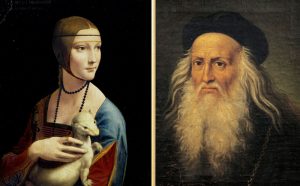 “The Lady with the Ermine” (1489-1490) is one of the most important works of all Western art, the subject of the greatest rarity of the genius Leonardo da Vinci and one of the four famous female portraits of the master. Modern art critics are sure – the white animal in the picture appeared for a reason.
“The Lady with the Ermine” (1489-1490) is one of the most important works of all Western art, the subject of the greatest rarity of the genius Leonardo da Vinci and one of the four famous female portraits of the master. Modern art critics are sure – the white animal in the picture appeared for a reason.
Transformation of the picture
To date, only a small part of the picture has remained genuine, the rest has been repeatedly retouched: the entire background was darkened, the dress was changed, and the transparent veil worn by the woman was repainted in combination with hair color. Another adjustment of the unknown restorer was the addition of dark shadows between the fingers of her right hand (upon careful examination of the two lower fingers it is noticeable that they are significantly inferior to the others). However, the most important discovery of the picture was that the Italian artist did not write the work in one stage, but in three clearly distinguishable stages. Continue reading
Secrets of the painting “A Lady with a Parrot by the Window”: How the Smile of a Heroine and a Bird are Connected
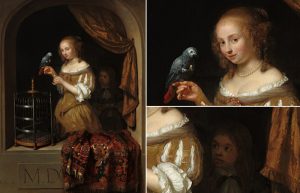 Caspar Netscher is a Dutch artist of German descent, an outstanding portrait painter, and also a master of depicting everyday scenes of the Dutch elite. He also developed a technique that allowed him to imitate a wide range of textures: be it linen, satin or coarse fibers of an oriental carpet. Caspar Netscher is part of a triad of prominent Dutch Golden Age masters along with Rembrandt and Vermeer.
Caspar Netscher is a Dutch artist of German descent, an outstanding portrait painter, and also a master of depicting everyday scenes of the Dutch elite. He also developed a technique that allowed him to imitate a wide range of textures: be it linen, satin or coarse fibers of an oriental carpet. Caspar Netscher is part of a triad of prominent Dutch Golden Age masters along with Rembrandt and Vermeer.
From the life of an artist
Netsher was the son of sculptor Johann Netscher. As a child, he was sent to Amsterdam to study with Hendrick Coster, a little-known artist of still lifes and portraits. In 1664, Netscher moved to Deventer to complete his studies in the workshop of Gerard Terborch. Having done this, he went to Italy in 1658, then to Bordeaux, where Netscher married Margaret Godin and lived there for several years. In 1662, in The Hague, Netscher became a member of the Society of Artists. At this early stage, he wrote small genre compositions, preferring the dark colors and themes of everyday life, which Terborch clearly influenced. Continue reading
